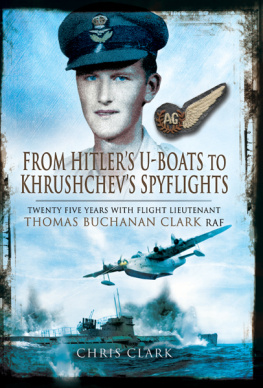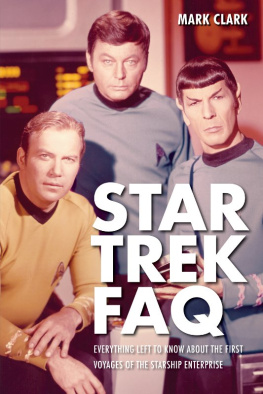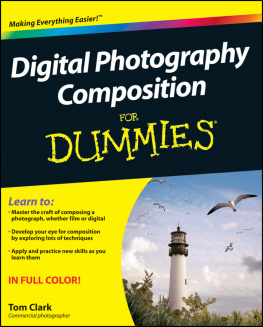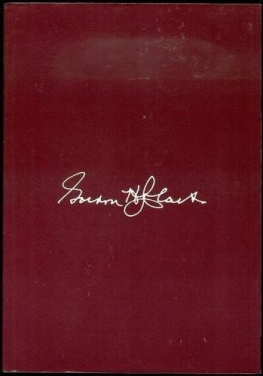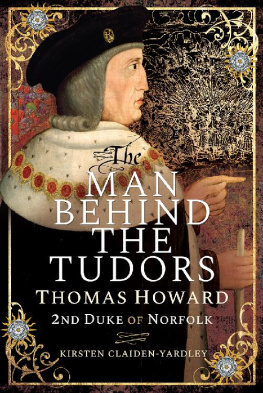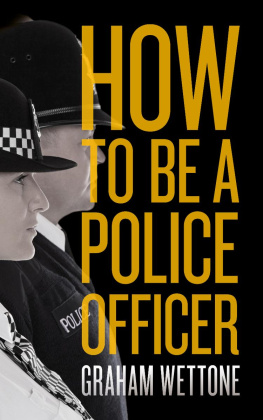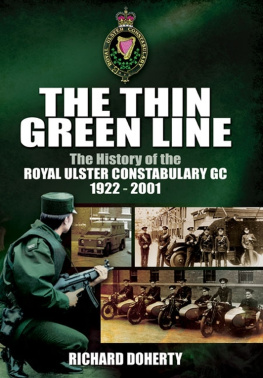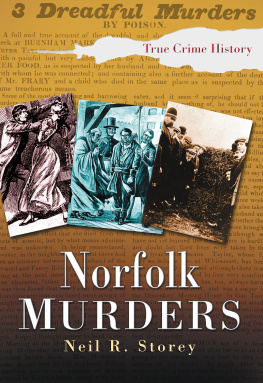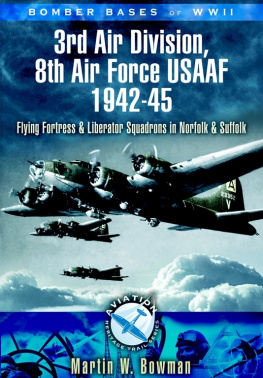First published in Great Britain in 2013 by
Pen & Sword Military
an imprint of
Pen & Sword Books Ltd
47 Church Street
Barnsley
South Yorkshire
S70 2AS
Copyright Chris Clark 2013
HARDBACK ISBN: 978 1 78159 054 6
PDF ISBN: 978 1 47383 090 5
EPUB ISBN: 978 1 47382 688 5
PRC ISBN: 978 1 47382 644 1
The right of Chris Clark to be identified as the Author of this Work
has been asserted by him in accordance with the Copyright, Designs
and Patents Act 1988.
A CIP catalogue record for this book is available from the British
Library
All rights reserved. No part of this book may be reproduced or
transmitted in any form or by any means, electronic or mechanical
including photocopying, recording or by any information storage and
retrieval system, without permission from the Publisher in writing.
Typeset in Ehrhardt by
Mac Style, Driffield, East Yorkshire
Printed and bound in the UK by CPI Group (UK) Ltd, Croydon,
CRO 4YY
Pen & Sword Books Ltd incorporates the Imprints of Pen & Sword
Aviation, Pen & Sword Maritime, Pen & Sword Military, Wharncliffe
Local History, Pen and Sword Select, Pen and Sword Military
Classics, Leo Cooper, The Praetorian Press, Remember When,
Seaforth Publishing and Frontline Publishing.
For a complete list of Pen & Sword titles please contact
PEN & SWORD BOOKS LIMITED
47 Church Street, Barnsley, South Yorkshire, S70 2AS, England
E-mail:
Website: www.pen-and-sword.co.uk
Contents
Dedication
T his book is dedicated to the memory of my late Father, Tom Clark.
Also to the memory of Peter Coles, Aviation Commissioning Editor Pen & Sword Publishers, who sadly died whilst in the process of reviewing it for a second time. Without his continued professional interest, belief and support in its contents it would not be presented to you now.
Prologue
T oms long and varied journey took him over four Continents and many seas during his twenty-five years service with the RAF. From Britain to France during 1940, with an Army Cooperation Squadron flying Lysanders, and the British Expeditionary Force artillery, as a Ground Signaller.
Then with two Coastal Command Squadrons, firstly to Scotland, the Shetland Isles, the North Atlantic, Iceland, Greenland and Canada in 1941, with a Sunderland Flying Boat Squadron on an anti U-boat and convoy patrol squadron, and the North Atlantic Ferry Service bringing Catalinas to the UK. Then secondly, around the coastal areas of Britain, covering the North Sea, English Channel, Western Approaches, and the Western Isles of Scotland on an Air-Sea Rescue Squadron, flying Hudsons from Bircham Newton.
Then on to Bomber Command, from Norfolk to Egypt and the Western Desert Countries of Libya, Cyrenaica, Tripolitania, and Tunisia, and the Middle East area during 1943 in an offensive instructor role on light bombers, flying various aircraft of 75 Operational Training Unit (O.T.U.), and during 1944 joining a Baltimore Squadron in Italy.
During 1945 and 1946 he travelled from Britain to India and Europe with a Transport Command Squadron flying Dakotas. In 1947 he flew Vikings of the Royal Flight from Britain to the sub-continent of South Africa, Rhodesia (now Zimbabwe) and the Mediterranean.
As a volunteer he flew innumerable missions to the beleaguered city of Berlin during the Berlin Airlift. From 1949 to 1952 he travelled from Britain to Europe and the Mediterranean, again, with Transport Command Squadrons, flying the Valetta on V.I.P. flights and a second tour on the Royal Flight. During 1953 and 1954, he went to the Far East, including Hong Kong, Singapore, Korea, Taiwan, China, Japan, and Indonesia, and on to Australia with a V.I.P. Transport Wing flying Valettas.
From 1955 to 1957 he was a Signals Instructor and Examiner. From 1958 to 1962, he was attached to Signals Command Squadrons and flew Comets, carrying out Electronic Intelligence (ELINT) and Signal Intelligence (SIGINT) flights over Denmark, Sweden, Norway, Finland and the Arctic Circle bordering the northern Soviet Union. Also to Cyprus, Turkey, and the rest of the Middle East, including Syria, Iraq, Iran, Jordan, Saudi Arabia, Oman, the Red Sea, and the countries bordering the southern Soviet Union, including the Black Sea.
Foreword
Foreword by Air Marshal Richard Frank (Dick) Garwood, CB, CBE, DFC, MA, RAF; Deputy Commander-in-Chief Operations, RAF Air Command, High Wycombe:
I first met Tom Clark when I was at school as he worked with my father at the Council Depot in Hunstanton. Tom was not a man who would state his many achievements, but offered me quiet encouragement and always showed interest as he followed my career into the RAF. Tom Clark was clearly a remarkable man. His career reads like a work of fiction because it is so varied in location, aircraft and event. To have survived the war as an Air Gunner, despite being shot down behind enemy lines and successfully evading capture, is a feat few achieved. He also lived through a catastrophic crash that killed many of his fellow crewmen that would have shaken the nerve of many a brave man.
Even after the war, he did not take the quiet easy route through life; spending years escorting the Royal Family, and then flying on missions high in the rarefied upper air, where being shot down or baling out could have meant instant death. His career and those of his colleagues makes fascinating reading.
Whilst it is vital that the RAF looks to the future, it is also essential that in doing so, we draw on lessons and inspirations from the past. Tom Clarks incredible career spanned twenty-five years and four continents and is captured in this extraordinary book in context so that the account is both personal and extensive.
Those serving in todays armed forces would do well to read this book and apply many of the same principles to current tactics and strategy, to learn from the successes and failures from Air-Sea Rescue to Close Air Support, from the vital bombing runs in the Second World War, to the tactics of deception and adaptation in the Cold War. More than this though, personnel today should learn from the man Tom Clark was clearly determined, professional and spirited, yet he was also brave, calm and the humblest of men. I am proud to have known Tom Clark and I hope in turn that he would be pleased with where my RAF career has taken me.
Dick Garwood, February 2011
A senior officer who has been at the forefront, and at the sharp end of the armed forces, Air Marshal Richard Dick Garwood joined the Royal Air Force in 1979, completing his officer and pilot training at the Royal Air Force College Cranwell. During 1982 he was posted to No. 41 (Fighter) Squadron and flew the Jaguar in the ground attack and reconnaissance roles.
He later instructed on the Hawk and became a Qualified Weapons Instructor. During 1987 he flew the Phantom RF-4C as an exchange officer with the United States Air Force. He converted to the Tornado GR1 and rose steadily through the ranks; firstly as Squadron Leader to No. 11 (Army Co-operation) Squadron based in Germany, which shortly afterwards was deployed to Saudi Arabia where he saw active service during the Gulf War of 1991. During Operation Desert Storm he flew nineteen night low-level reconnaissance sorties and was awarded the Distinguished Flying Cross.
During 1995 he was promoted to Wing Commander and took command of No. 11 (Army Co-operation) Squadron based at RAF Marham in Norfolk the squadron had moved there in December 1991 and led his squadron on many operational detachments to patrol the Iraqi No-Fly Zones. After further roles he was posted back to RAF Marham, this time as Station Commander, taking command in 2000. Ten years on, and after many other personal achievements, he is currently Deputy Commander-in-Chief Operations on promotion to the rank of Air Marshal.
Next page
